Best Ideas For Teaching Multiplication {Arrays-Groups-Repeated Addition}
Operations
Are you a 2nd or 3rd grade teacher looking for the best way to start teaching multiplication to your kids? Then you’re in the right place! Read on for the lowdown on making multiplication a breeze for your students.
Teaching multiplication to kids can be very stressful for both teachers and learners. It’s one of those concepts that’s just so darn hard for kids to get their heads around. It is challenging for learners to grasp if it’s taught solely as the rote learning and memorization of times tables facts.
In this post, you’ll find out how to get started with teaching multiplication using repeated addition, arrays and groups. These simple multiplication strategies will build an understanding of multiplication which will help kids recognise, represent and use multiplication successfully. There are some FUN activities too!
Multiplication Strategies Myths
Before we get into teaching multiplication strategies using repeated addition, arrays and groups it’s important to clear up some misunderstandings about multiplication.
These misunderstandings run deep and are left over from years gone by, when having fast fact ability and a good memory were symbolic of being good at math.
There is absolutely NO EVIDENCE of a connection between mathematical ability and being the fastest at times tables, or even knowing your times tables.
Sadly too many kids, parents and teachers think that how well you know your times tables defines how good you are at math. And if you don’t know your tables you’re not good at math. This viewpoint is totally FALSE and needs to be addressed and changed before it causes any more harm.
Times tables and rote learning of multiplication is just a reflection how well you can remember something.
It is possible that students who are slow at recall, or don’t know their times tables, can actually have a deep understanding of multiplication and be high achievers in math.
So please don’t assess your students multiplicative ability on their speed and efficiency at times tables, or let anybody else do this either!
Don’t take my word for it, Stanford Professor of Mathematics Jo Boaler NEVER learnt her times tables facts, yet she’s a math professor! See more on her work in these related posts.
Jo Boaler Video: Rote learning times tables ‘one of the worst things we do to kids
Related Posts: 7 Easy & Stress Free Teaching Multiplication Strategies For Kids!
Effective Teaching Of Multiplication Strategies
Before creating a multiplication strategies program it’s important to know what multiplicative understanding is. Here’s a helpful definition from research by Dr Dianne Siemon, Associate Professor of Mathematics Education…
Multiplicative thinking is indicated by a capacity to work flexibly with the concepts, strategies and representations of multiplication (and division) as they occur in a wide range of contexts.
Dr Dianne Siemon
So here’s what you need to know as a teacher:
- Multiplicative understanding is developed both formally and informally throughout the years of schooling. It is introduced in less obvious ways starting in Kindergarten. e.g. making groups of (often thought of as division)
- Children who struggle with additive understanding will have difficulties with multiplicative reasoning.
- Understanding requires lots of exploration and manipulation and acting out using hands-on activities. Using materials, models, drawings and being involved in “Math Talks” and discussions are needed before rote learning facts.
- Multiplication is not just repeated addition even though this strategy is used as an introduction to solving multiplication. Multiplication cannot always be solved using repeated addition. E.g. 2.5 x 3.8 and ½ x ¾ can not be interpreted as repeated addition.
- The concept of equality and knowledge of number properties form the basis for developing multiplicative thinking. e.g. using groups of strategy
- Multiplicative thinking includes going beyond memorization of basic arithmetic skills, times tables
- Multiplication Mental Strategies are also a separate entity and need explicit teaching as a way of becoming fluent in solving multiplication problems
Sequence For Developing Multiplication
Multiplication is more abstract than addition and subtraction. It’s a lot harder to recognise in everyday situations as well as in math problems.
To help introduce students to multiplication many syllabus documents, rightly, extend additive thinking into repeated addition and grouping to help make the transition into multiplicative thinking.
Once comfortable, students need to quickly advance into learning multiplicative understanding. This can be achieved by linking repeated addition and the grouping understanding to the Array model.
Below is a sequence that you can use to make sure you have a wide range of resources in your program.
These aspects or progressions of multiplication will help teachers teach multiplication effectively. This list will help make sure one area is not neglected or overtaught.
These big ideas of multiplication are also helpful to teachers provide intervention, extension and differentiate teaching programs for the range of abilities of your students.
Teaching Multiplication
Please use your professional judgement and syllabus documents to guide you on how you work these big ideas into your programs. Some students will be able to handle all these ideas at once, some will not. Also, some of these big ideas will be beyond your curriculum but are a great way to provide extension. And vice versa.
Multiplication Activities
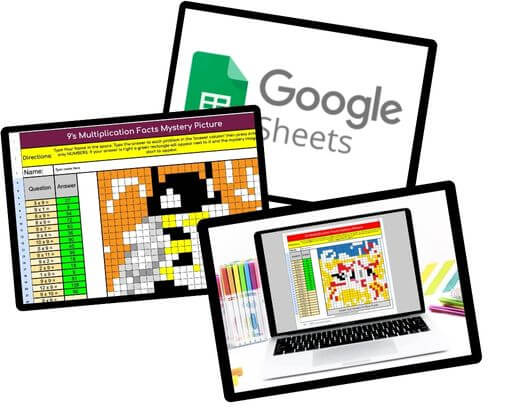
Multiplication Facts
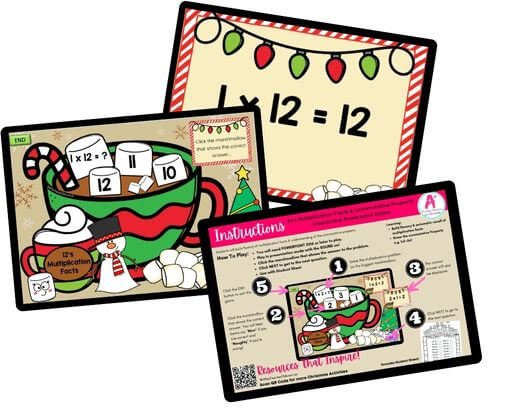
Multiplication Facts
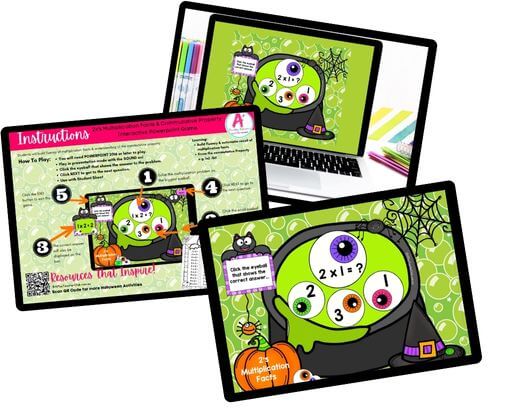
Hallowween - Multiplication Facts PowerPoint Games
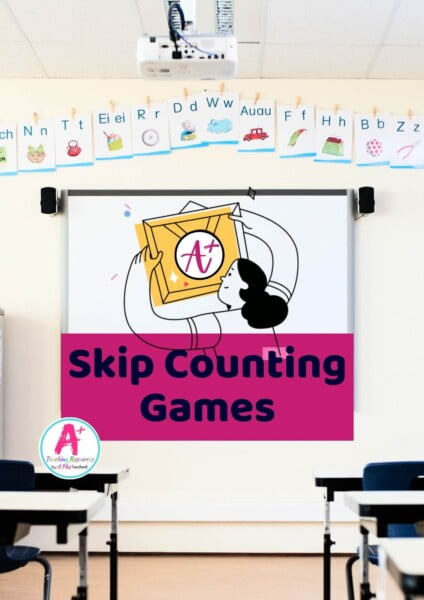
Explore Our Skip Counting Collections
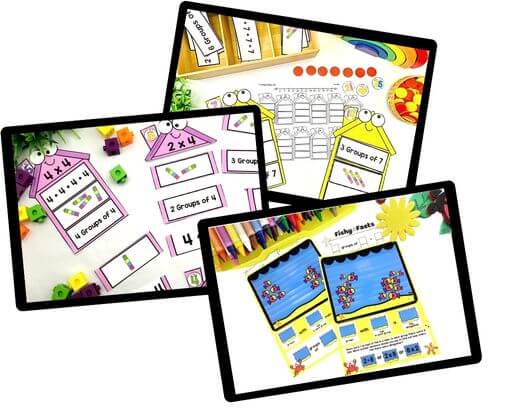
Multiplication - Equal Groups Of
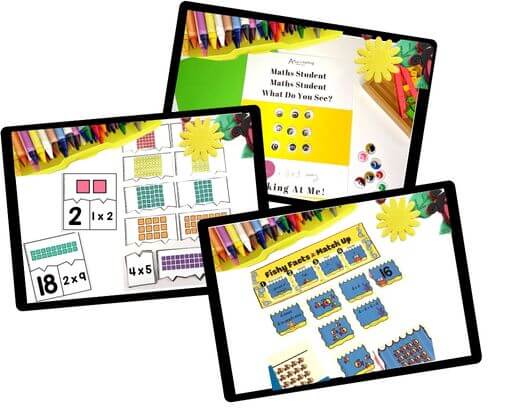
Multiplication - Arrays
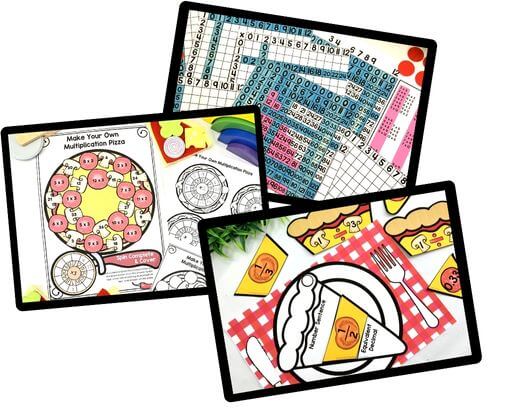
Multiplication & Related Division Facts Recall

Multiplication Facts Recall & Fluency

Skip Counting by 2
Can't find what you're looking for?
Send us a request! Use this form to request a resource. Please give details of the learning area, topic, year level, curriculum links. We’ll be happy to take a look to see if we can fit it in. Unfortunately a request does not guarantee we will be able to make it!
"*" indicates required fields
